Blue juniper: the best varieties and cultivation features

Blue juniper is a crop that is often found in various plantings in public places. Private farmers and homeowners alike will find it a good idea to familiarize themselves with this plant.
Peculiarities
Blue junipers are one of the attractive species of evergreen shrubs. In addition to the needles of a characteristic color, a sharp tip is typical for them. This plant belongs to the Cypress family. The height of the bushes can reach 5 m.But most of the specimens are no higher than 2-3 m.The shrub reaches a maximum of 0.7 m in width.
Rigid, upright-growing shoots fit snugly around the trunk. Due to this structure, the plant looks like an arrow. The branches start almost from the ground itself. Unlike conventional coniferous crops, these branches will not die off over time, but will retain their attractive appearance.
The geometry of the blue juniper will not change even in very bad weather conditions; does not affect her age either.
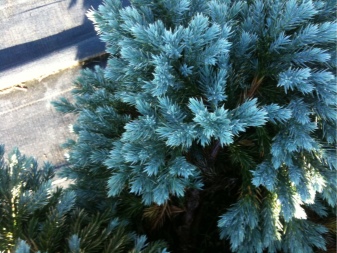
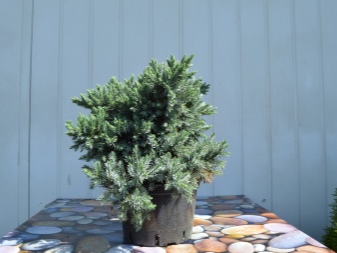
The undoubted advantages of blue juniper are:
excellent resistance to cold (thanks to her, the culture can be grown even in the northern regions of Russia);
decent drought resistance;
compact crown, which allows you to do without frequent haircuts;
excellent compatibility with deciduous and coniferous crops.
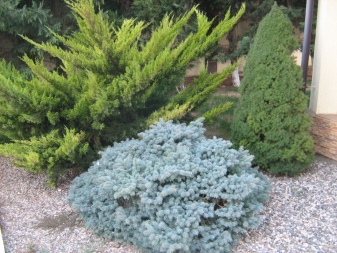
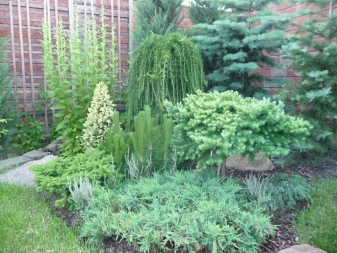
Blue junipers are also attractive from a practical point of view. This species contains a lot of antiseptic substances, primarily phytoncides. Juniper berries are good for human consumption. They contain not only vitamins and essential oils, but also a large amount:
calcium;
magnesium;
manganese;
potassium;
copper;
zinc and other important trace elements.
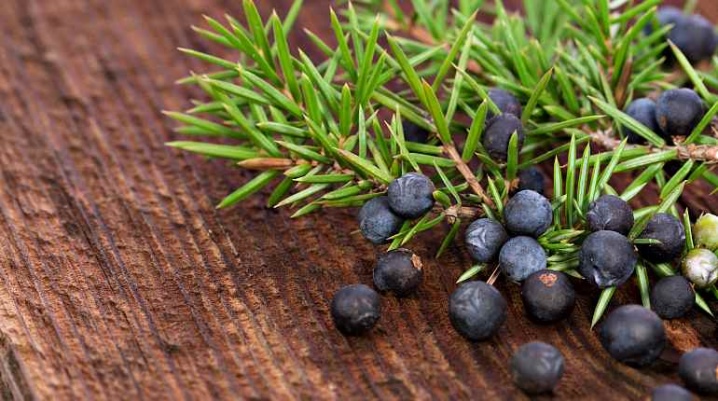
In addition to the antiseptic effect, juniper berries help to reduce the severity of cramps. They also have a rather strong antifungal effect, help stabilize digestion, and suppress joint pain. At serious pharmacological enterprises, drugs are made from juniper berries for:
arthritis;
rheumatism;
renal and gastric pathologies;
joint inflammation;
problems with the heart and blood vessels.
But the fruits of blue juniper can also be used as additives to alcoholic beverages, in the process of salting meat and in obtaining seasonings. They can also be used to care for your skin. At the same time, the decorative characteristics of the blue juniper are preserved throughout the year. It can be used very widely and in a wide variety of areas.
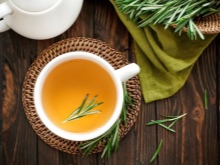
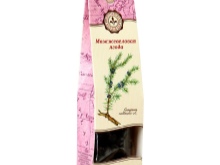
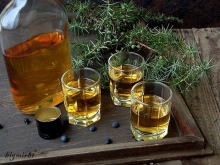
General rules for growing
Caring for this plant is not particularly difficult. Experts advise starting experiments with locally adapted nursery seedlings. However, even a minimal horticultural experience allows you to decide on an independent cultivation of this culture. It can be propagated both by seeds and cuttings. The cutting method is much more effective.
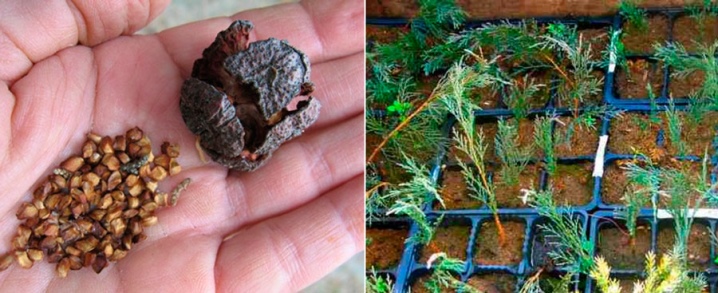
Cuttings are planted outdoors in the spring months. Only under this condition will their roots be finally formed and strengthened before the beginning of winter. To prepare planting material, use the tops of the plants. They must be cut off, leaving a small part of the old bark. An unnecessary amount of this bark is simply cut off.
When the cuttings are ready, they must be treated with growth stimulants and immediately transplanted into moist soil. A suitable substrate is made up of an equal amount of sand and peat. Cuttings should be planted at a slight angle.The used container is immediately rearranged where it is warm and light. The plantings are systematically sprayed from a spray bottle.


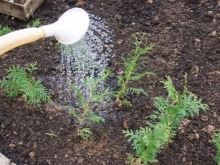
It usually takes 8 to 12 weeks to wait for the roots to appear. Then the bushes will develop rapidly. Transplanting to the place reserved for the bush must be done with an earthen clod in order to improve the development of the plant.
The landing site should be sunny, well protected from drafts.
In the first year of development, young seedlings should be properly protected from excessively bright sun. The landing pit is prepared in advance. It should be twice the size of the earthen lump along with the roots. The landing site must be drained, and a nutrient mixture for conifers should be laid there. If the soil is overly acidic, add some lime.
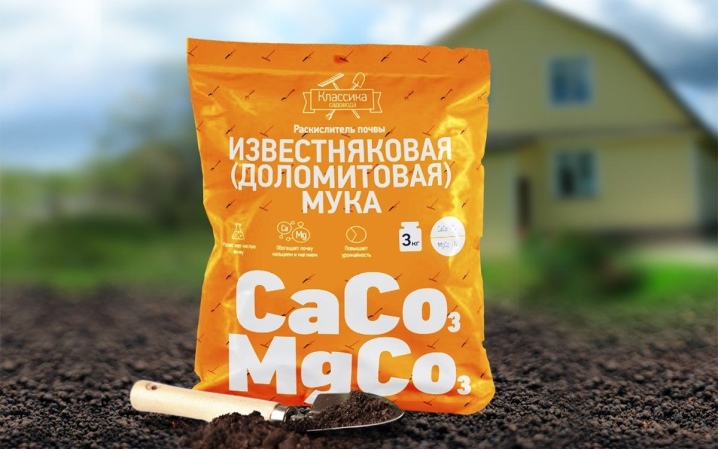
The junipers themselves are planted so that the root collar is at the level of the soil. Mulch from chips or pine bark is placed around the planting site. If you do not mulch the plantings, it will become more difficult to care for them, and the plants will lose their neat appearance. Humidity is not too critical, but it is still better to water the juniper systematically. Plants of the first year of development are watered as often as possible to speed up the establishment of the root system.
Normally, by the age of 10, blue junipers grow up to 2.5-3 m. It is necessary to protect these plants from such a dangerous ailment as rust. As soon as its first manifestations are noticed, diseased branches are removed, and the plants themselves are sprayed with synthetic preparations. Insecticides help fight aphids and miner moths.
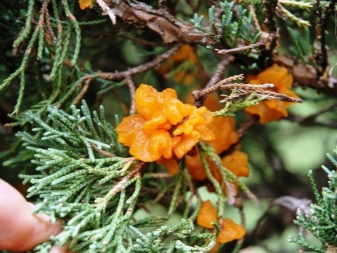

Types and varieties
Juniper "Ice blue" is a shrub of American selection with increased decorative effect. This plant perfectly tolerates mid-zone winters, is drought-resistant and "loves" the sun. Creeping bushes can be both horizontal and vertical. Dwarf "Ice Blue" can cover a diameter of up to 2 m, forming a dense bluish-green carpet. Shoot growth is slow, a maximum of 0.15 m per year.
Cylindrical scales of needles of this variety can change color slightly depending on the season. In the summer months, it has a green-blue color, and in the cold season it is closer to the steel tone, but has individual lilac notes. Old juniper bushes can produce medium-sized round cones - berries. "Ice blue" able to survive a short drop in temperature to -30 degrees.
There are good prospects for growing this plant in the middle lane and in large cities.
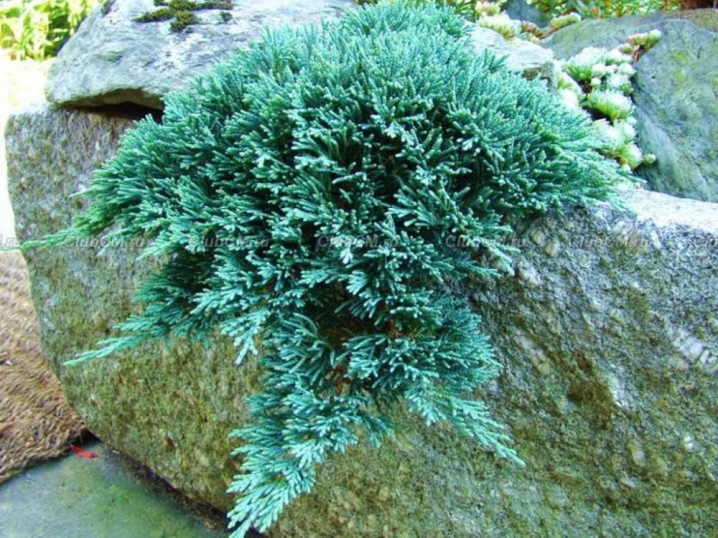
A good enough choice can be "Blue Swede"... He, according to information from other sources, "Blue Swede"... It is a creeping plant with increased fluffiness. The beauty of the needles is extraordinary, it is distinguished by an elegant bluish color. Scaly juniper is also very resistant to adverse weather events.
He is able to live over 250 years. In addition, this plant can thrive in a fairly modest area. The highest recorded crown height does not exceed 1.5 m. "Blue Swede" advise in small portions of water, but regularly. This plant needs a lot of sunlight.
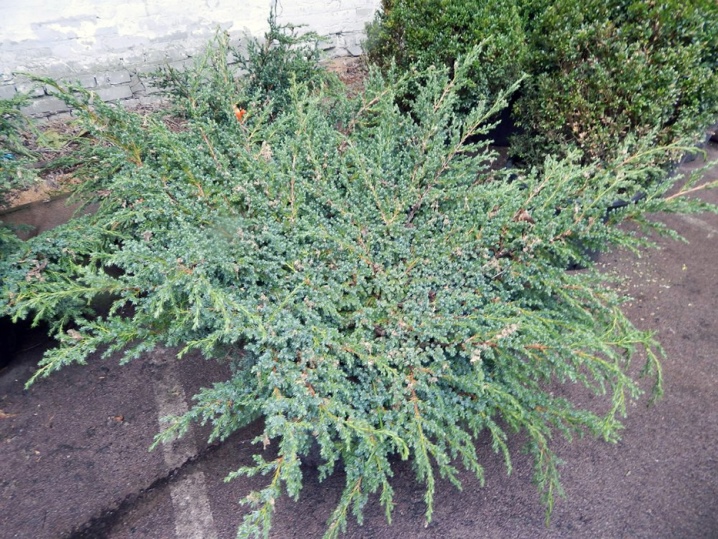
Horizontal juniper "Blue Forest" is not inferior to the varieties listed above. This variety is a cultivated plant that naturally inhabits the mountain slopes in the Canadian and American territories. The growth of the shrub per year is no more than 0.08-0.1 m. Since the plant is a long-liver, you need to choose a place for planting it as carefully as possible. The crown diameter can reach 2 m, the needles are no larger than 0.5 cm.
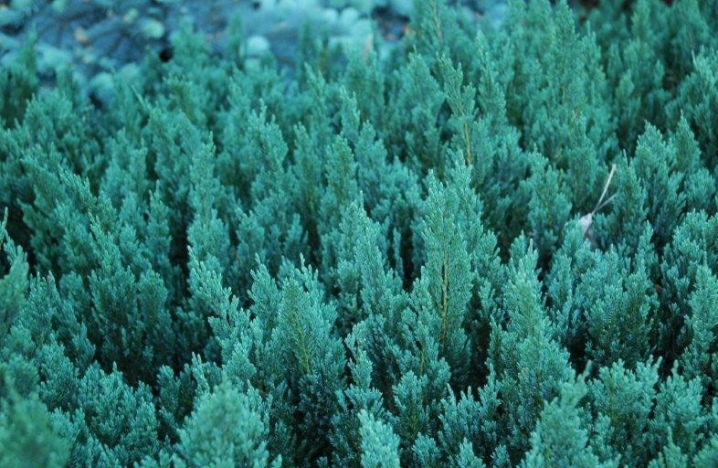
Variety "Blue Arrow" more popular than all other blue junipers in our country. The tree really looks like an arrow pointing upwards. The crown corresponds in shape to an ideal cone. The highest plant height can be 5 m. The variety belongs to the number of upright plants.
The needles of the Blue Arrow are bright, sometimes almost reaching blue in saturation. This variety should be planted on well-drained soil with moderate acidity. The lower shoots extend from the ground itself.
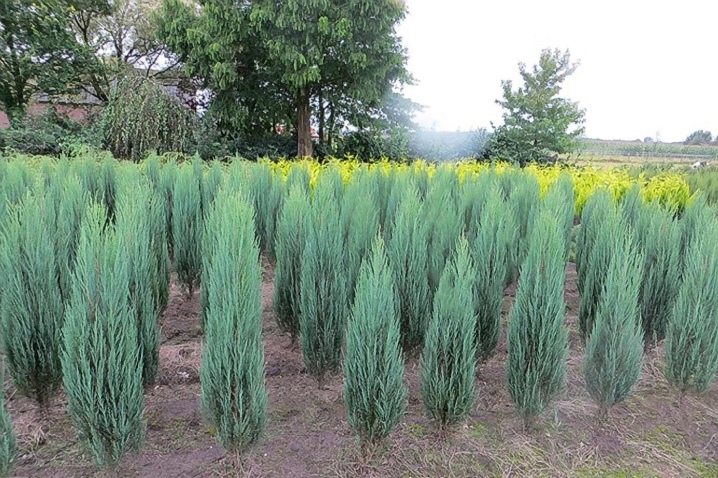
If you need a juniper with an elegant spreading crown, then you should pay attention to "Blue and Gold"... The plant in nature inhabits the north of China, Mongolia, both Korea and Hokkaido. The development of this variety is extremely slow. For 10 years, the bush will rise only up to 0.8 m. On the dark blue cones, you can see a gray bloom. Blue & Gold can be grown both on sand and stone.
But such plants should be planted only in sunny areas, otherwise they will lose their unique color.
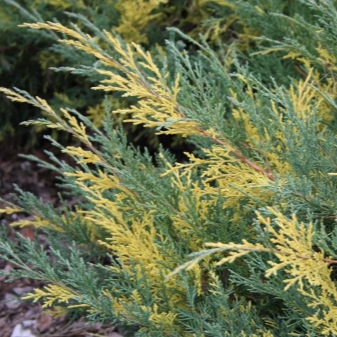
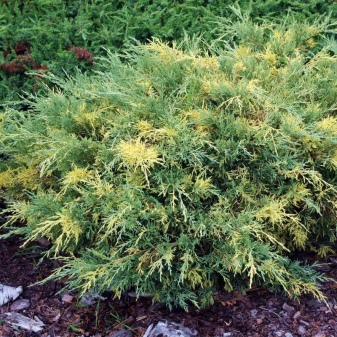
Blue Haven - a pyramidal variety of juniper, originating from the north of the American continent. According to a number of experts, it can be considered one of the most beautiful plants in its kind. The needles are colored bluish-green or silvery.
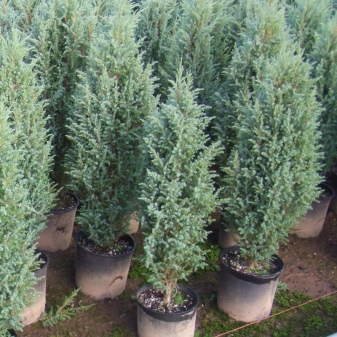
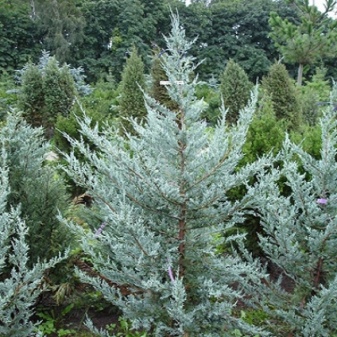
Deserves attention and "Blue Star"... A compact plant of this variety fits harmoniously even into relatively small flower beds. The variety was bred in the middle of the last century in Holland. The needles can sometimes reach a turquoise hue in saturation.

Cossack juniper "Blue Danub" finds wide application in parks and thickets of ornamental shrubs. The variety is characterized by rapid growth (up to 0.2 m per year). Important: Blue Danub berries are poisonous. This plant can develop with light shade, although the sun loves more.
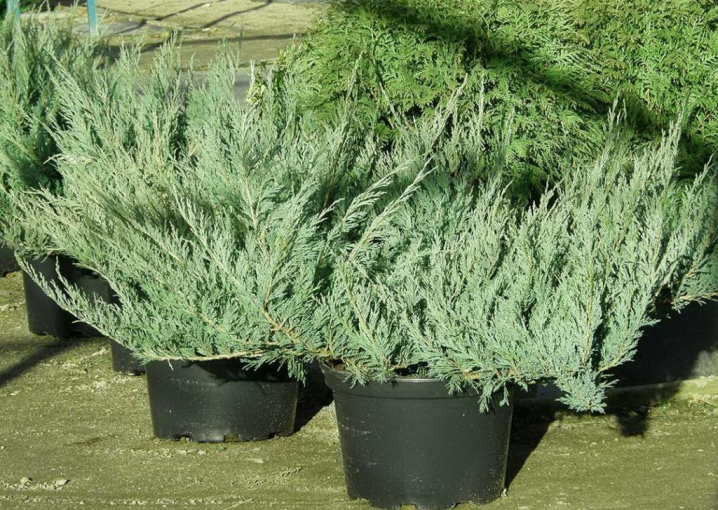
Deserves attention and "Blue Spider"... Its name is no coincidence - an adult shrub looks like a spider. Such a plant is quite compact and unpretentious even when grown in a small garden.
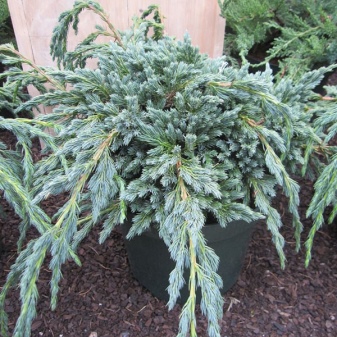

"Blue compact" even more modest: by the age of 10, the plants will grow up to a maximum of 0.3-0.4 m. The needle-like light blue needles in winter acquire a rather purple color. You can use this crop on a wide variety of soils. However, loose earth with a weak acid reaction is preferable for her. The illumination does not matter much.
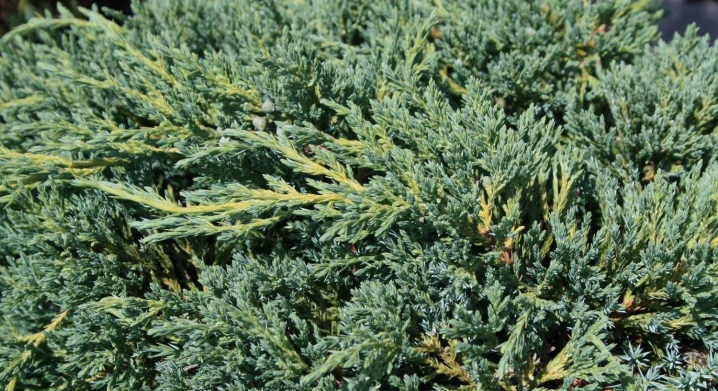
Vichita blue variety created in 1979. A vegetatively propagating tree can grow up to 6.5 m. The bluish-green tone of the needles will remain unchanged throughout the year.
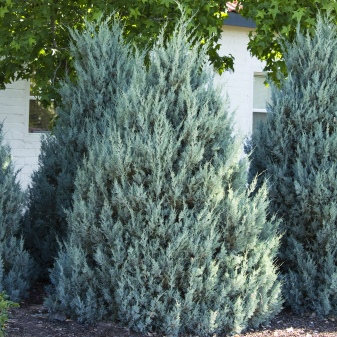
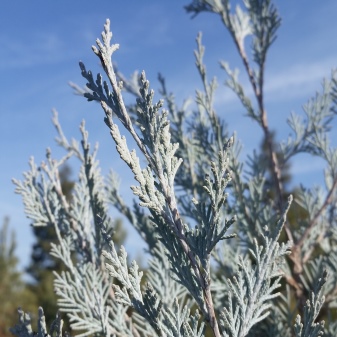
As for the juniper "Blue Pacific", then this variety belongs to the so-called coastal plant species. He has a dense crown, and shoots crawl along the ground. The berries that appear on the bushes are outwardly similar to blueberries. An important condition for the success of growing this crop is good illumination combined with normal (not too high!) Soil moisture.
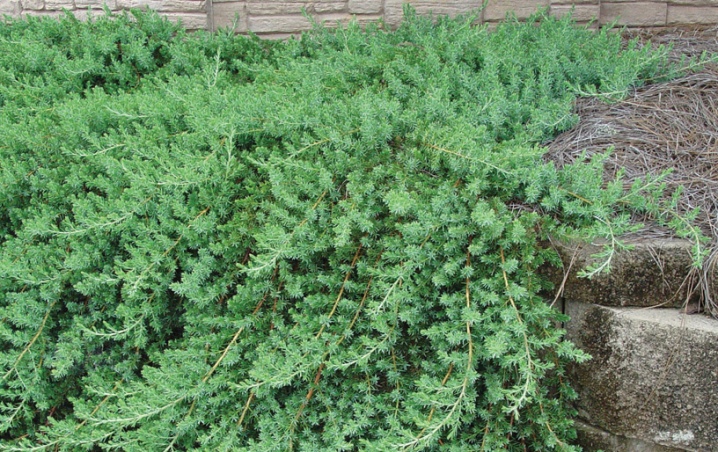
Variety "Moffat Blue" resistant to winter. These junipers are low (maximum 1 m). Blue-green needles gather in a wide pyramidal crown.
The height of 0.5-1 m is typical for junipers. "Blue sparkle"forming raised shoots.
This variety can grow on very different, even on rather poor soil.
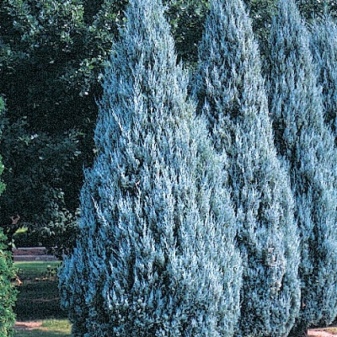
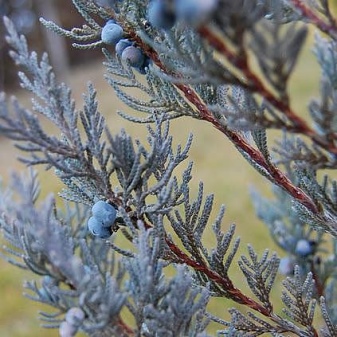
Examples in landscape design
This photo shows how beautiful a squat blue juniper can look in a rock garden. The graceful combination of culture with other plants is clearly visible.
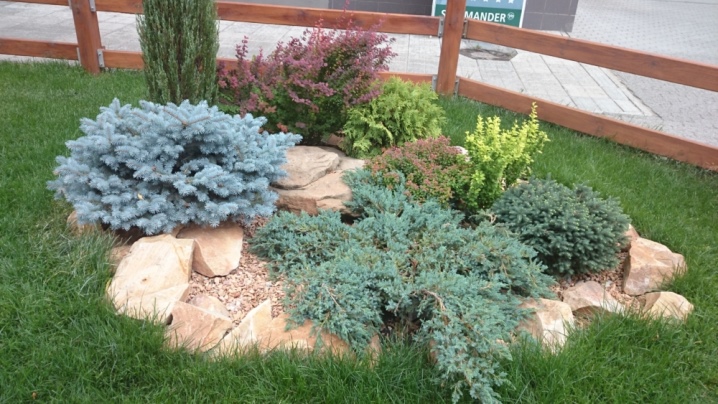
The area covered entirely with Blue Pacific juniper bushes also looks good. At one of the edges of the composition, correctly used stones create a favorable mood.
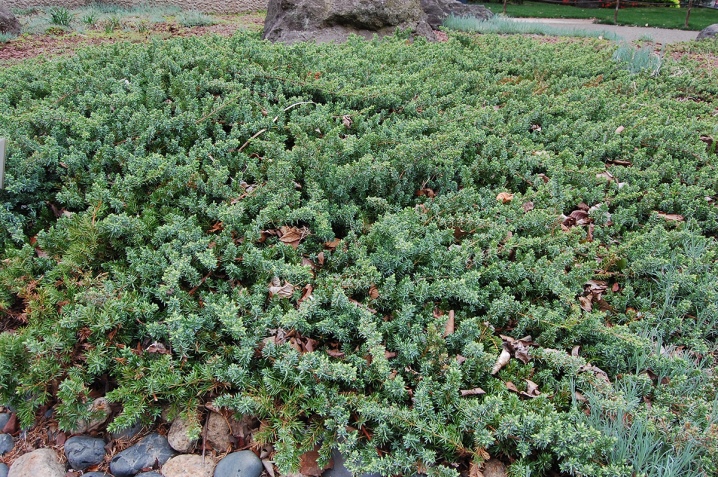
Blue Haven is best used as a dramatic element of a landscape framed by squat green plants.
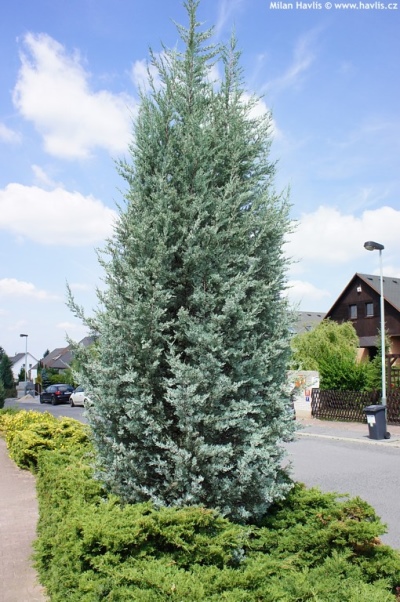
For the secrets of growing juniper, see below.



































































The comment was sent successfully.